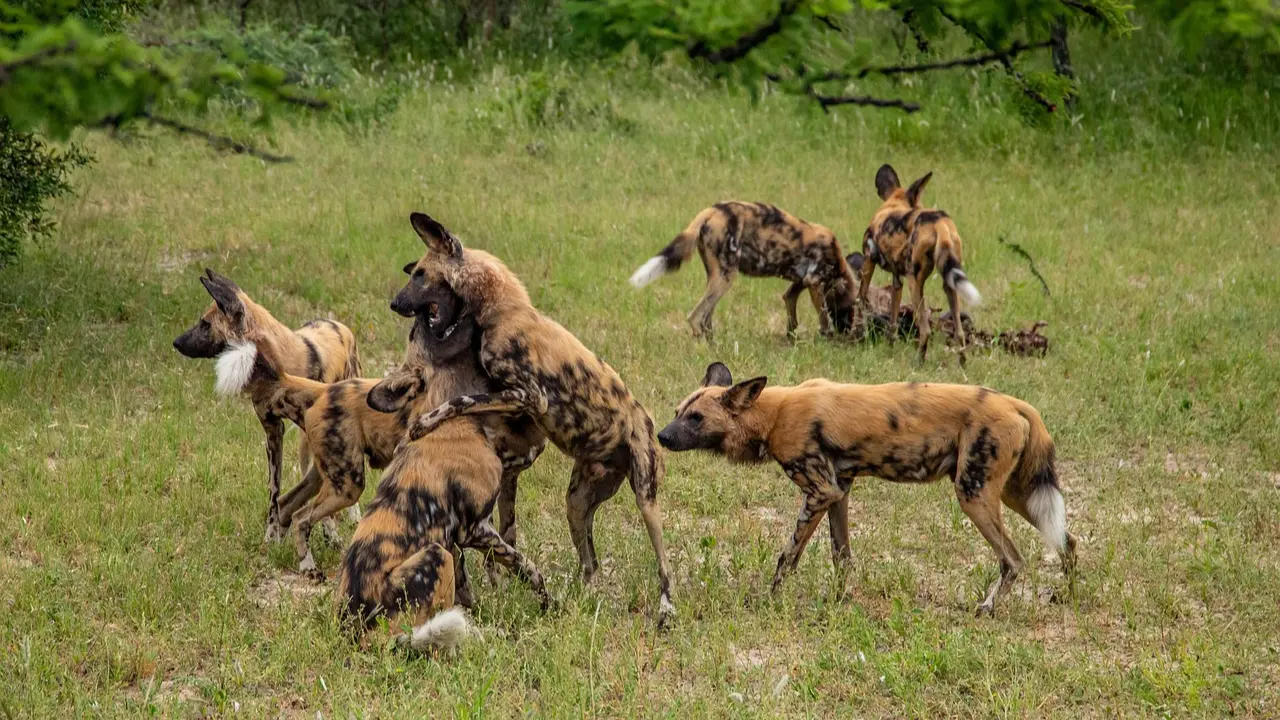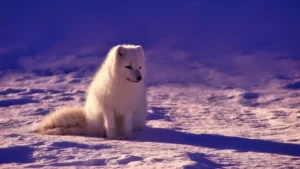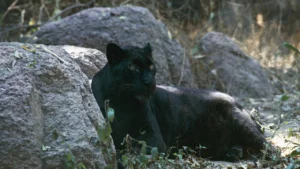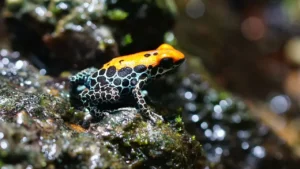Table of Contents
Introduction
In the vast and untamed landscapes of Africa, one species stands out as both a symbol of resilience and a testament to the intricate balance of nature the Wild Dogs of Africa. Also known as painted wolves or painted dogs for their distinctive coat patterns, these captivating predators are among the continent’s most enigmatic and endangered species. In this comprehensive guide, we’ll delve into the fascinating world of African wild dogs, exploring their behavior, ecology, conservation status, and the critical role they play in their ecosystems.
Unveiling the Wild Dogs of Africa
The African wild dog (Lycaon pictus) is a highly social and cooperative carnivore, characterized by its colorful coat of patches and its slender, athletic build. Unlike their distant relatives, domestic dogs, African wild dogs are skilled hunters that rely on teamwork and strategy to pursue and capture their prey.
Social Structure and Pack Dynamics
African wild dogs live in cohesive packs led by an alpha breeding pair, which typically monopolize mating opportunities within the group. Other pack members, including subordinate adults and offspring from previous litters, play vital roles in hunting, pup-rearing, and defending the pack’s territory.
Hunting Strategies and Prey Selection
African wild dogs are efficient and relentless hunters, employing coordinated tactics to pursue and bring down prey. Their stamina and endurance allow them to engage in long chases, often targeting medium-sized ungulates such as antelope, wildebeest, and gazelles. Despite their formidable hunting prowess, African wild dogs face competition from larger predators such as lions and hyenas.
Reproduction and Pup Rearing
Breeding within African wild dog packs typically occurs once a year, with the alpha female giving birth to a litter of pups in a den site excavated by the pack. Both male and female pack members contribute to the care and provisioning of the pups, regurgitating food to sustain them and teaching them essential hunting skills as they grow.
Threats and Conservation Status
Despite their remarkable adaptability and social complexity, African wild dogs face numerous threats to their survival, including habitat loss, fragmentation, human-wildlife conflict, and disease. As a result, they are classified as endangered by the International Union for Conservation of Nature (IUCN), with only a fraction of their historic range remaining.
Conservation Efforts and Initiatives
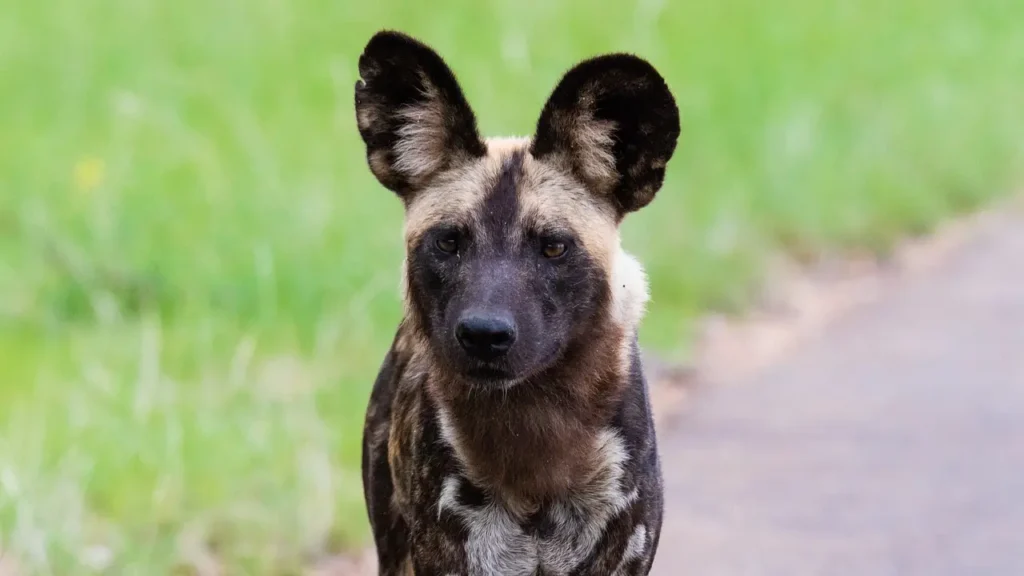
Conservation organizations and researchers are working tirelessly to protect African wild dogs and their habitats through a combination of habitat restoration, anti-poaching patrols, community engagement, and captive breeding programs. These efforts aim to mitigate the threats facing wild dog populations and promote coexistence with local communities.
Success Stories and Encouraging Signs
Despite the challenges they face, there have been notable successes in African wild dog conservation, with populations stabilizing or increasing in some regions. Protected areas, such as national parks and wildlife reserves, provide vital refuges for wild dog populations, allowing them to thrive under the watchful eye of conservationists.
The Role of Ecotourism in Conservation
Ecotourism, including guided safaris and wildlife viewing experiences, offers a sustainable source of income for local communities while raising awareness about the importance of conserving African wild dogs and their habitats. Responsible tourism practices ensure that visitors can observe these magnificent predators in their natural environment without causing disturbance or harm.
Future Challenges and Opportunities
As Africa’s human population continues to grow, the pressure on wild dog habitats intensifies, highlighting the need for innovative conservation strategies and collaborative efforts among governments, conservation organizations, and local communities. By addressing the underlying drivers of habitat loss and human-wildlife conflict, we can secure a future for African wild dogs and the ecosystems they inhabit.
The Cultural Significance of Wild Dogs of Africa
In many African cultures, wild dogs hold a special place in folklore and mythology, often revered as symbols of courage, strength, and unity. Their distinctive coat patterns and intricate social dynamics have inspired stories and legends passed down through generations, highlighting their cultural significance and importance in local traditions.
The Genetic Diversity of African Wild Dogs
African wild dogs exhibit remarkable genetic diversity, reflecting their complex social structure and historical range across the African continent. Genetic studies have revealed unique population structures and subspecies adaptations, providing insights into their evolutionary history and conservation needs.
Translocation and Reintroduction Programs
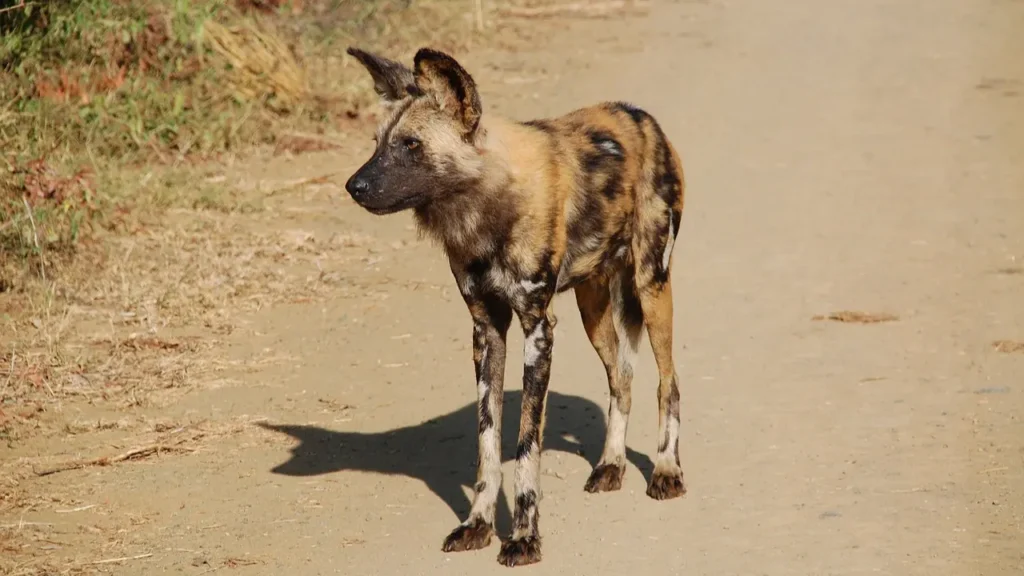
Translocation and reintroduction programs play a crucial role in the conservation of African wild dogs, helping to establish or reinforce populations in areas where they have been extirpated or are at risk of extinction. These efforts involve carefully selecting suitable release sites, monitoring wild dog behavior, and mitigating potential conflicts with humans and livestock.
Collaborative Conservation Partnerships
Effective conservation of African wild dogs requires collaboration among governments, conservation organizations, local communities, and stakeholders. Collaborative partnerships facilitate the sharing of resources, expertise, and best practices, leading to more holistic and sustainable conservation outcomes.
Climate Change and Habitat Resilience
Climate change poses additional challenges to the conservation of African wild dogs, impacting their habitats, prey availability, and seasonal migration patterns. Conservation efforts must incorporate strategies to enhance habitat resilience, promote ecosystem connectivity, and mitigate the effects of climate change on wild dog populations.
Education and Outreach Initiatives
Education and outreach initiatives play a vital role in raising awareness about the plight of African wild dogs and the importance of their conservation. Public engagement through school programs, community workshops, and media campaigns fosters greater appreciation for these iconic predators and encourages support for conservation efforts.
Citizen Science and Monitoring Programs
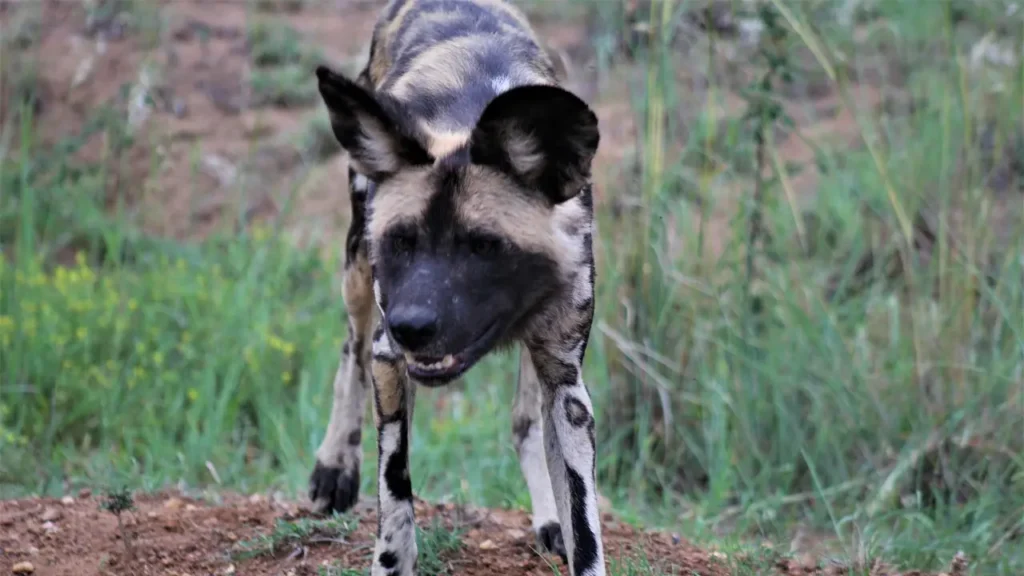
Citizen science and monitoring programs empower local communities and volunteers to actively participate in the monitoring and conservation of African wild dogs. By collecting data on wild dog sightings, behavior, and habitat use, citizen scientists contribute valuable insights that inform conservation strategies and decision-making processes.
Adaptive Management and Conservation Planning
Adaptive management approaches, which involve iterative planning, monitoring, and adjustment based on new information, are essential for effective conservation of African wild dogs. By adapting conservation strategies in response to changing environmental conditions and emerging threats, practitioners can maximize the likelihood of success and long-term sustainability.
Indigenous Knowledge and Traditional Practices
Indigenous knowledge and traditional practices offer valuable insights into the behavior, ecology, and conservation of African wild dogs. Collaborative research partnerships with indigenous communities can help integrate traditional ecological knowledge into conservation planning and decision-making processes, fostering cultural resilience and biodiversity conservation.
Sustainable Livelihoods and Community Development
Sustainable livelihoods and community development initiatives are integral to the long-term conservation of African wild dogs, addressing the underlying drivers of habitat loss and human-wildlife conflict. By supporting alternative livelihood options, such as ecotourism, agriculture diversification, and sustainable natural resource management, conservation efforts can alleviate pressure on wild dog habitats and promote coexistence with local communities.
Hope for the Future
Despite the numerous challenges facing African wild dogs, there is reason for optimism. Through collective action, innovation, and dedication, we can secure a future for these magnificent predators and the ecosystems they inhabit. By working together to address the root causes of endangerment and promote sustainable conservation practices, we can ensure that African wild dogs continue to roam the savannahs of Africa for generations to come.
Conclusion
Wild Dogs of Africa are not only charismatic symbols of Africa’s wilderness but also keystone species that play a vital role in maintaining the health and balance of their ecosystems. Through collaborative conservation efforts, innovative research initiatives, and community engagement, we can overcome the challenges facing African wild dogs and pave the way for their continued survival. By protecting these remarkable predators, we not only preserve the biodiversity of Africa’s savannahs but also safeguard the future of our planet’s natural heritage for generations to come.

